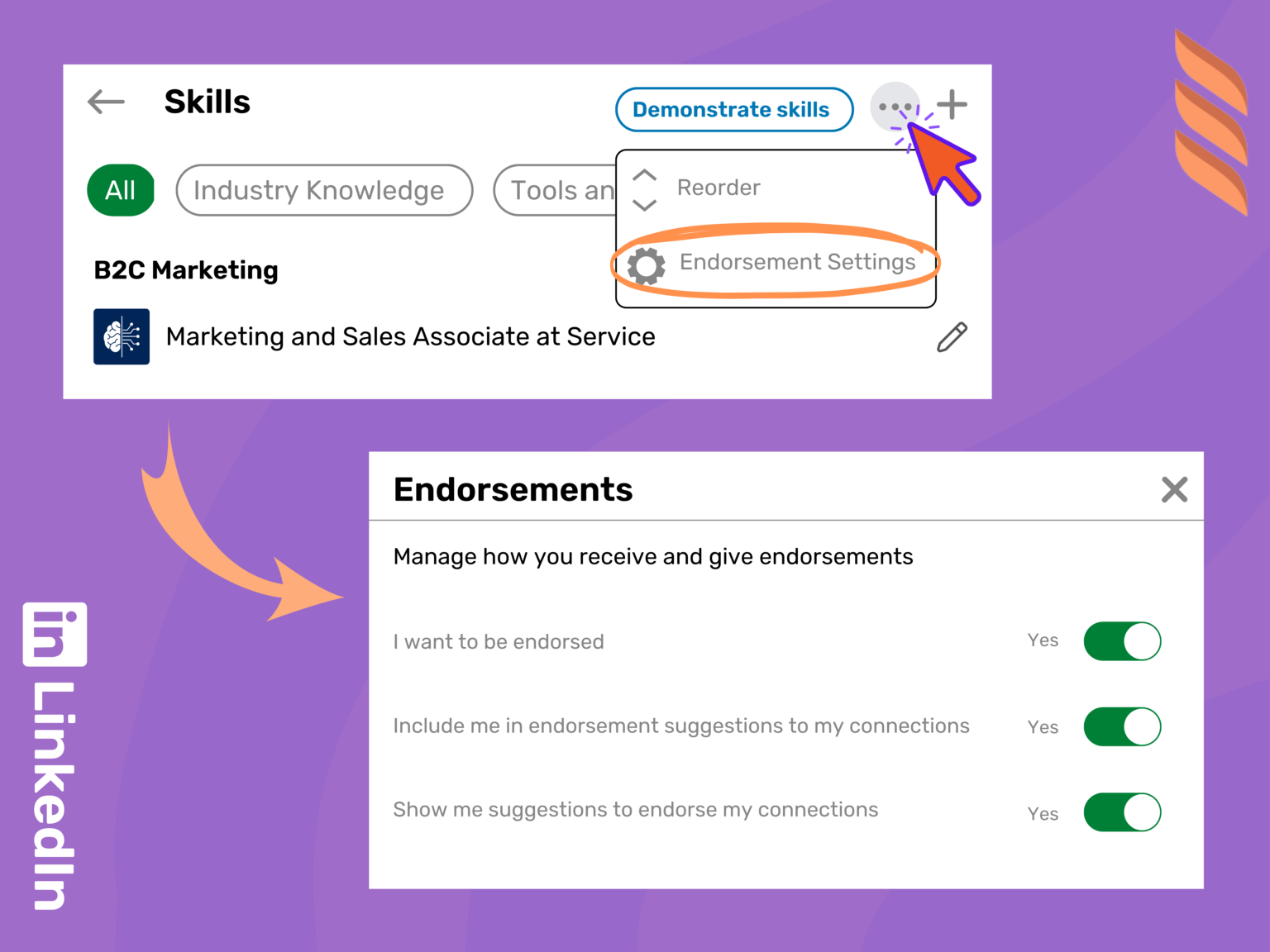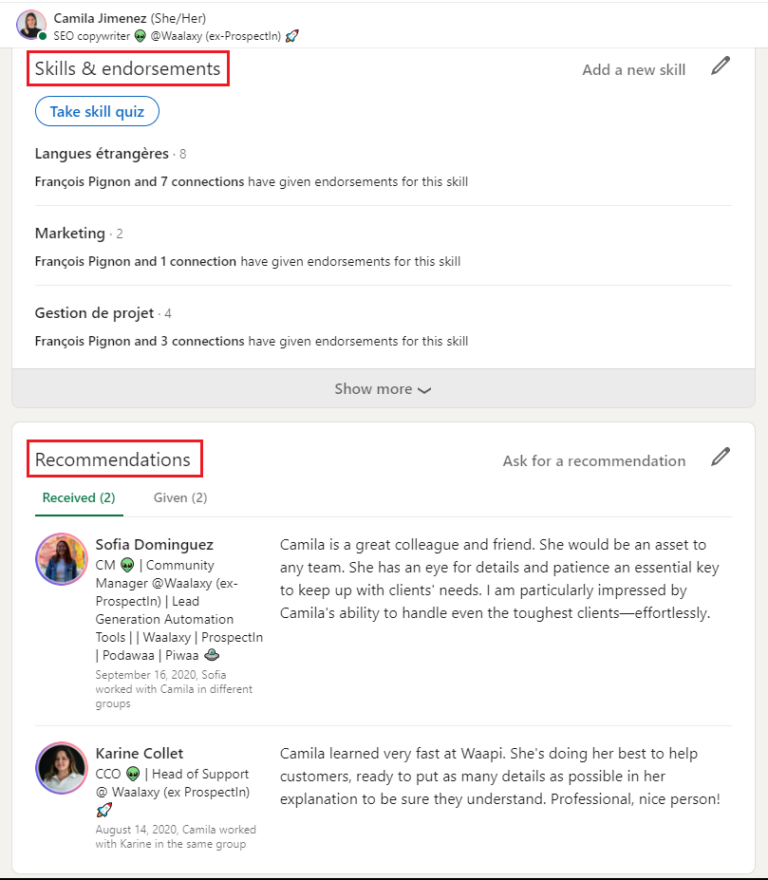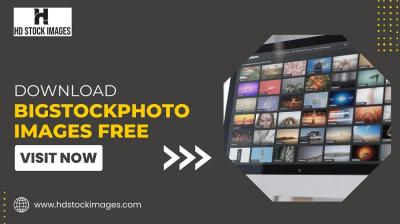Introduction to LinkedIn Endorsements

In today's professional landscape, LinkedIn has become a powerful tool for networking and personal branding. One of its standout features is the "endorsement" function, which allows users to recognize each other's skills. But what does endorsing someone really mean? In simple terms, when you endorse a skill on LinkedIn, you're vouching for that person's expertise in a particular area. It's like giving a virtual thumbs-up! Whether you're looking to boost your profile or support colleagues, understanding endorsements can enhance your
Also Read This: What to Put for Industry on LinkedIn If You're Unemployed
How Endorsements Work on LinkedIn

Endorsements on LinkedIn might seem straightforward, but there's a bit more to it than meets the eye. Here's how they work:
- Skill Recognition: Users can add specific skills to their profiles, which can range from technical abilities like "Java Programming" to soft skills like "Leadership." Once added, these skills become open for endorsements.
- Endorsing Others: If you know someone well and believe they excel in a skill, you can easily endorse them. This is done by navigating to their profile, scrolling to their skills section, and clicking the "+" next to the skill you want to endorse.
- Receiving Endorsements: The more endorsements you receive for a specific skill, the more credible you appear to potential employers or connections. This can greatly enhance your profile’s visibility.
- Endorsement Notifications: When someone endorses you, you receive a notification, and it may also appear in your network’s feed, which can lead to increased visibility and connections.
But let's break down the actual mechanics:
| Action | Description |
|---|---|
| Add Skills | Users can list their top skills on their profiles for others to see. |
| Endorse | Clicking the "+" allows you to endorse someone for a skill. |
| Showcase Skills | Endorsements appear on profiles, helping professionals stand out. |
It's important to note that endorsements should be genuine. If you're endorsing someone for skills you haven't directly witnessed them use, it can come off as insincere. Aim to endorse skills for people you genuinely believe excel in those areas. This not only strengthens your professional relationships but also boosts the credibility of the endorsements.
In conclusion, endorsements on LinkedIn are a fantastic way to support your network and enhance your own profile. By understanding how they work, you can navigate the platform more effectively and leverage these endorsements to build a strong professional presence. So, go ahead and start endorsing your connections today!
Also Read This: Searching for 'Open to Work' Profiles on LinkedIn: A Step-by-Step Guide
3. The Importance of Endorsements for Professionals

Endorsements on LinkedIn can be a game-changer for professionals looking to elevate their careers. You might wonder, "Why are these little green check marks so significant?" Well, let’s break it down!
First and foremost, endorsements serve as a form of social proof. Imagine walking into a café and seeing a long line of happy customers. You’d be tempted to try what everyone else loves, right? Similarly, when potential employers or clients see that you have numerous endorsements for a particular skill, it boosts your credibility. It’s like having a chorus of voices vouching for your expertise!
Here are a few key reasons why endorsements matter:
- Boosts Visibility: When you gather a good number of endorsements, your profile becomes more attractive. LinkedIn's algorithm tends to favor profiles that are complete and engaging, which can lead to more views and connections.
- Enhances Career Opportunities: Recruiters often search for candidates based on specific skills. A well-endorsed skill can put you at the top of their list, making you a prime candidate for job openings.
- Builds Trust: Endorsements from colleagues or industry peers lend an air of authenticity to your profile. It signals to others that you’re respected within your professional community.
Moreover, endorsements can also serve as a motivational tool. When someone recognizes your efforts in a certain area, it can encourage you to continue developing that skill. It’s a win-win situation!
In short, endorsements are more than just a digital pat on the back. They play a crucial role in shaping your professional image and opening doors to new opportunities. So, if you haven’t started collecting them yet, now is the time to encourage your network to endorse your skills!
Also Read This: How to Stop Emails from LinkedIn Managing LinkedIn Email Preferences to Reduce Notifications
4. How to Give and Receive Endorsements
Now that you understand the value of endorsements, let’s talk about the nitty-gritty: how to give and receive them effectively. It’s a two-way street that can foster strong professional relationships!
Giving Endorsements: When you want to endorse someone, consider the following steps:
- Identify Skills: Think about the skills that stand out to you in your colleague. Maybe they excel in project management or have a knack for creative design. Be specific!
- Navigate to Their Profile: Head over to their LinkedIn profile. You’ll find the skills section where you can easily click to endorse.
- Be Sincere: Only endorse skills that you truly believe the person possesses. Your credibility is also at stake, so be genuine!
Now, let’s flip the script!
Receiving Endorsements: To receive endorsements, here’s what you can do:
- Showcase Your Skills: Make sure your LinkedIn profile is up-to-date and highlights your top skills. Choose a handful that reflect your professional strengths.
- Engage with Your Network: Be active on LinkedIn. Share content, comment on posts, and connect with others. The more you engage, the more likely people will think to endorse you.
- Ask for Endorsements: Don’t hesitate to reach out! A simple message saying, “If you’ve had a positive experience working with me, I’d appreciate your endorsement for [Skill].”
Remember, endorsements are not just about quantity; quality matters too. A few thoughtful endorsements can carry more weight than a long list of generic ones. By actively giving and receiving endorsements, you’ll not only enhance your profile but also strengthen your professional relationships.
Also Read This: Can You Withdraw a Job Application on LinkedIn? Here's How
5. Common Misconceptions About LinkedIn Endorsements
When it comes to LinkedIn endorsements, there are several misconceptions that can lead professionals astray. Let’s clear the air on what endorsements really mean and how they function on the platform.
1. Endorsements are the same as recommendations. Many people confuse endorsements with recommendations. While recommendations are personalized and written testimonials, endorsements are quick acknowledgments of your skills. An endorsement signifies that someone believes you possess a certain skill, but it lacks the detailed context that a recommendation provides. Think of endorsements as a 'thumbs up' rather than a full review.
2. More endorsements always equal more credibility. It’s a common belief that the more endorsements you have, the more credible you become. However, quality trumps quantity. Having a high number of endorsements from individuals who don’t know your work well can raise eyebrows. Focus on getting endorsements from colleagues or clients who can genuinely vouch for your skills.
3. Endorsements are only for one skill. Some users think they can only be endorsed for one skill at a time, but that’s not true! You can be endorsed for multiple skills simultaneously. This can enhance your profile significantly if you have a diverse skill set. Encourage your connections to endorse a range of skills that showcase your versatility.
4. Endorsements are automatic. Another misconception is that endorsements magically appear on your profile. While it’s easy to endorse someone with a click, receiving endorsements often requires you to engage with your network. By endorsing others, you’re more likely to receive endorsements in return, creating a reciprocal relationship.
5. The number of endorsements reflects my career success. While it's nice to have endorsements, they don't necessarily correlate with your career achievements. Employers often look for concrete results and experiences rather than just a number of endorsements. Real-world accomplishments, such as completed projects or leadership roles, speak volumes more than an impressive endorsement count.
Understanding these misconceptions can help you navigate the endorsement landscape more effectively and use it as a tool for genuine professional growth.
6. Best Practices for Maximizing Endorsements
To truly benefit from LinkedIn endorsements, you should adopt some best practices that can enhance your profile and professional presence. Here are some actionable tips:
- Choose Relevant Skills: Make sure the skills you list on your profile are relevant to your current career goals. If you're aiming for a role in digital marketing, prioritize skills like SEO, content writing, and social media management.
- Engage with Your Network: Be proactive! Endorse others for their skills, and many will reciprocate. This not only helps build stronger connections but also increases your visibility on the platform.
- Personalize Your Requests: If you want specific endorsements, consider reaching out to colleagues and asking them directly. A personal note asking them to endorse a particular skill can be much more effective than a generic request.
- Update Your Profile Regularly: Regularly refresh your skills and add new ones as you acquire them. This shows that you are continuously improving and keeps your profile relevant. Don’t hesitate to remove outdated skills that don’t serve you anymore.
- Highlight Key Endorsements: If certain endorsements carry more weight than others, make sure they’re visible on your profile. You can rearrange your skills to showcase those that are most endorsed or most relevant to your career aspirations.
By following these best practices, you can maximize the impact of endorsements on your LinkedIn profile, making your professional presence more robust and appealing to potential employers or clients. Remember, it’s all about creating meaningful connections and showcasing your unique skills!
 admin
admin








